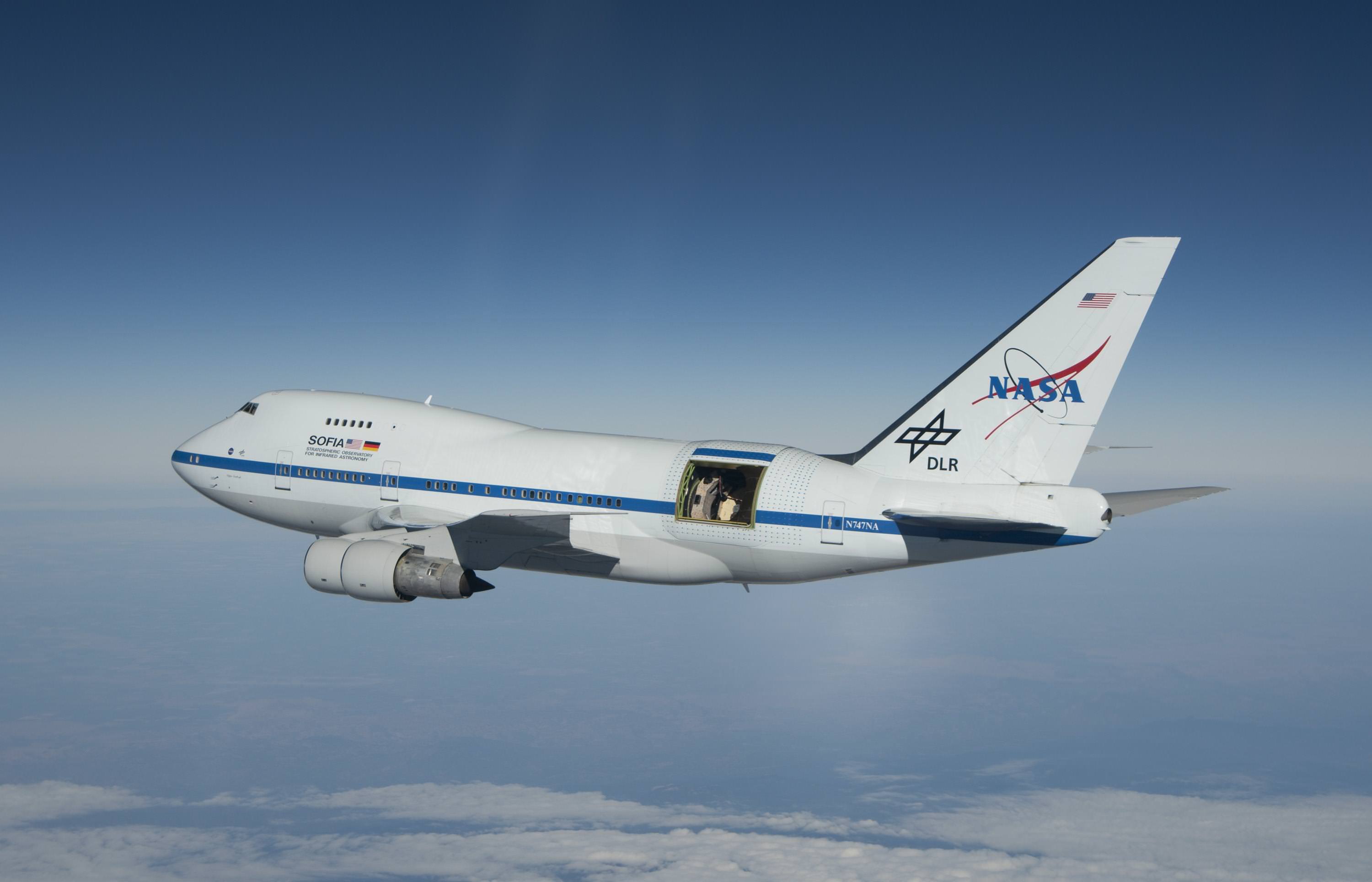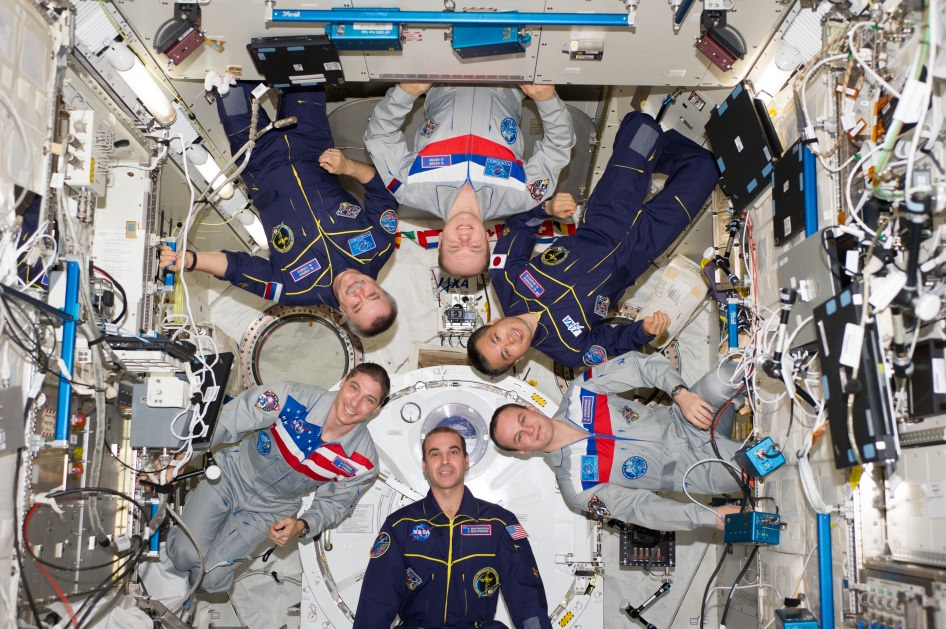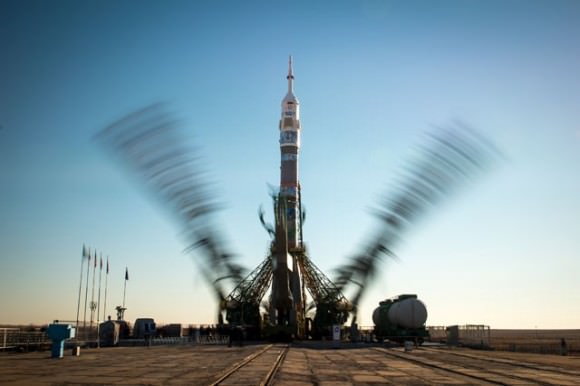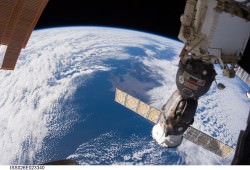NASA is prepared to axe an airborne telescope to keep “higher-priority” programs such as the Saturn Cassini mission going, according to budget documents the agency released today (March 4). We have more information about the budget below the jump, including the rationale for why NASA is looking to shelve its Stratospheric Observatory for Infrared Astronomy (SOFIA).
NASA’s has been flying the telescope for just over three years and recently took some nice snapsnots of the M82 supernova that astronomers have been eager to image. The agency’s administrator, however, said SOFIA has had its shot and it’s time to reallocate the money for other programs.
“SOFIA has earned its way, and it has done very well, but we had to make a choice,” said NASA administrator Charlie Bolden in a conference call with reporters regarding the fiscal 2015 $17.46 billion budget request. He added that NASA is in discussions with partner DLR (the German space agency) to look at alternatives, but pending an agreement, the agency will shelve the telescope in 2015.
In a short news conference focusing on the telescope only, NASA said the observatory had been slated to run for another 20 years, at a cost of about $85 million on NASA’s end per year. (That adds up to $1.7 billion in that timeframe by straight math, but bear in mind the detailed budget estimates are not up yet, making that figure a guess on Universe Today’s part.) DLR funds about 25% of the telescope’s operating budget, and NASA the rest.
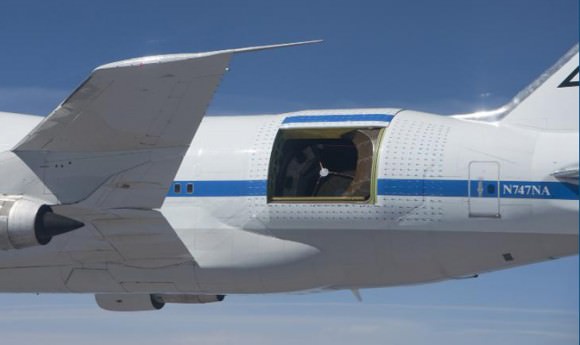
“SOFIA does have a rather large operating cost compared to other missions, second only to Hubble [Space Telescope],” said NASA chief financial officer Beth Robinson in the second conference call. “There is a distinct trade in the operating mission universe about how many keep going and how much you free up (for new missions).”
The telescope isn’t the only such “trade” NASA made, Robinson added. Although not an exhaustive list, she said funding for the Orbiting Carbon Observatory 3 (OCO-3) is not in the base budget request, nor funding to accelerate development of the Pre-Aerosol, Clouds and ocean Ecosystem (PACE) mission.
SOFIA examines a “unique” part of the infrared spectrum, added NASA’s Paul Hertz, who heads the astrophysics division, but he noted infrared science is also performed by the Spitzer Space Telescope and the European Southern Observatory’s Atacama Large Millimeter Array. Coming up soon is the James Webb Space Telescope. Also, the budget allocates development money for a new infrared observatory called Wide-Field Infrared Survey Telescope (WFIRST).
Below are other notable parts of the 2015 budget. These are high-level statements missing some detail, as the rest of NASA’s documentation won’t be released publicly until late this week or early next.

– NASA’s budget falls overall to $17.46 billion, down one percent from $17.64 billion. Planetary science and human exploration each had nearly equal reductions of around three percent, with education taking the deepest cut (24%) in high-level categories as NASA moves to consolidate that directorate with other agencies.
– Funding continues for 14 operating planetary missions, which are presumably the same 14 missions that are contained here. (That list includes Cassini, Dawn, Epoxi, GRAIL, Juno, Lunar Reconnaissance Orbiter, Mars Exploration Rover/Opportunity, Mars Express, Mars Odyssey, Mars Reconnaissance Orbiter, Mars Science Laboratory/Curiosity, MESSENGER, New Horizons and Rosetta.) Separately, James Webb Space Telescope funding stays about the same as fiscal 2014, keeping it on track for a 2018 launch.
– NASA plans a mission to Europa. This was identified as the “second highest priority Flagship mission for the decade” in the National Research Council planetary science decadal survey, which called for a mission for “characterization of Europa’s ocean and interior, ice shell, chemistry and composition, and the geology of prospective landing sites.” NASA has allocated $15 million in fiscal 2015 for this mission, but it’s unclear if it’s going to be a big mission or a small one as the agency is still talking with the science community (and presumably checking its budget, although officials didn’t say that). If this goes through, it would fly in the 2020s.
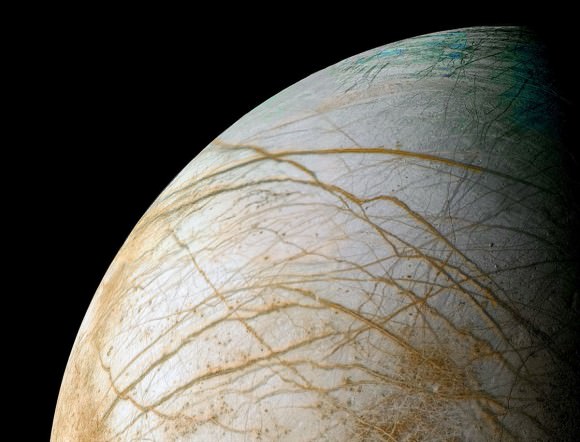
– NASA’s humans-to-asteroid mission gets some more money. The agency requests $133 million for goals including “advancing solar electric propulsion and capture systems, and conduct of the Mission Concept Review in which the mission architecture will be established.” During the conference call with reporters, Bolden said the asteroid capture mission is a key step for NASA’s aim to have a manned Mars mission in the 2030s.
– Funding continues for NASA’s commercial crew program and Orion/Space Launch System program. It remains to be seen if the amounts allocated will be enough for what industry insiders hope for, but on a numbers basis, the Orion/SLS infrastructure funding falls to $2.78 billion (down 12% from $3.115 billion in FY 2014) and commercial crew funding increases to $848.3 million (up 20% from $696 million in FY 2014). Note the 2014 numbers are not finalized yet. NASA says the commercial funding will allow the program to maintain “competition”, although details are under wraps as the agency is evaluating proposals.
– The International Space Station is extended to 2024. That news was made public in early January, but technically speaking that is a part of the fiscal 2015 budget.
There’s far more to the budget that could be covered in a single news article, and it should be noted there was an entire aviation component as well. We encourage you to check out the budget documents below for the full story so far.
– 2015 budget overall fact sheet
– 2015 budget category fact sheets (science, aeronautics research, space technology, etc.)

